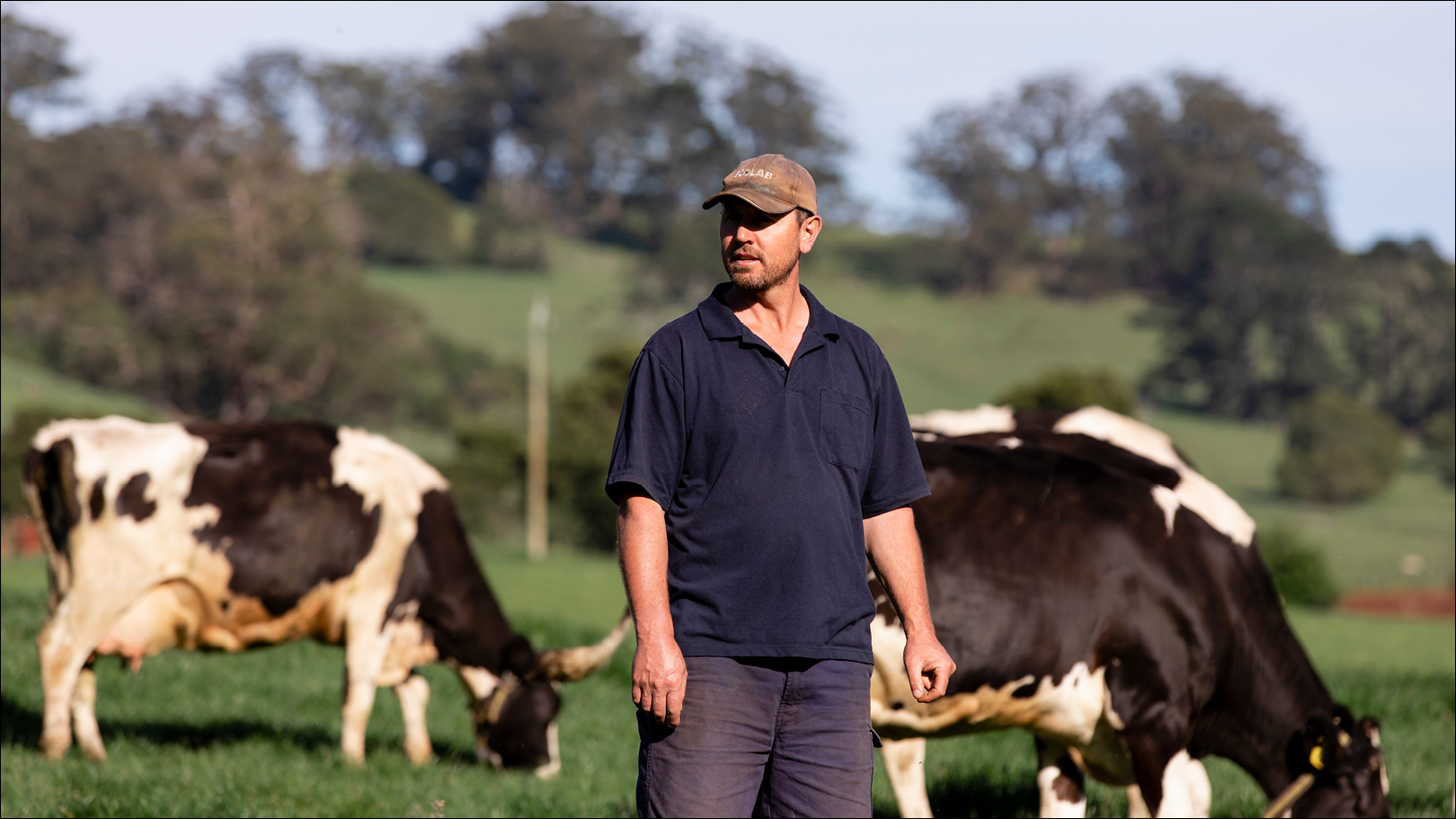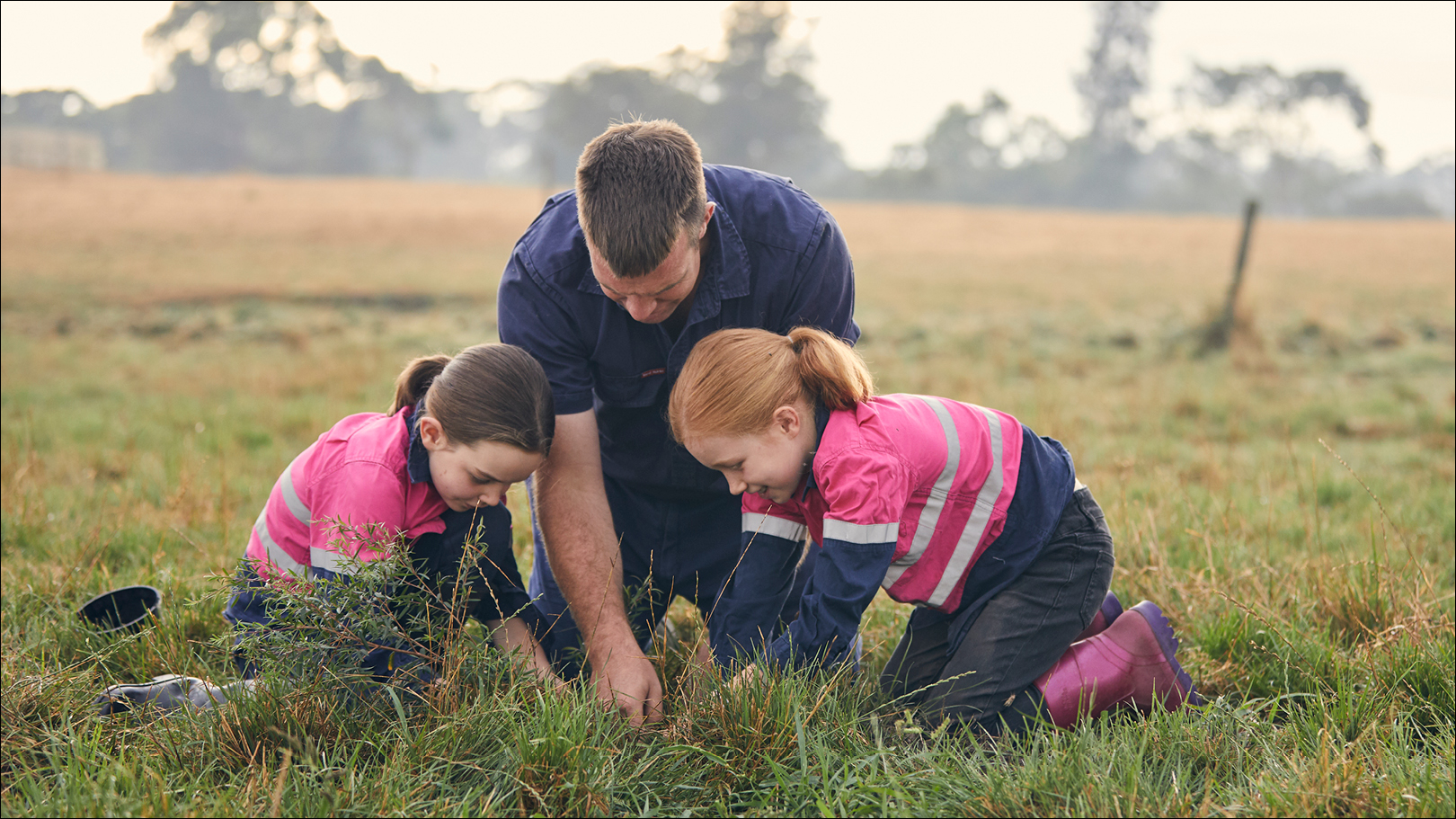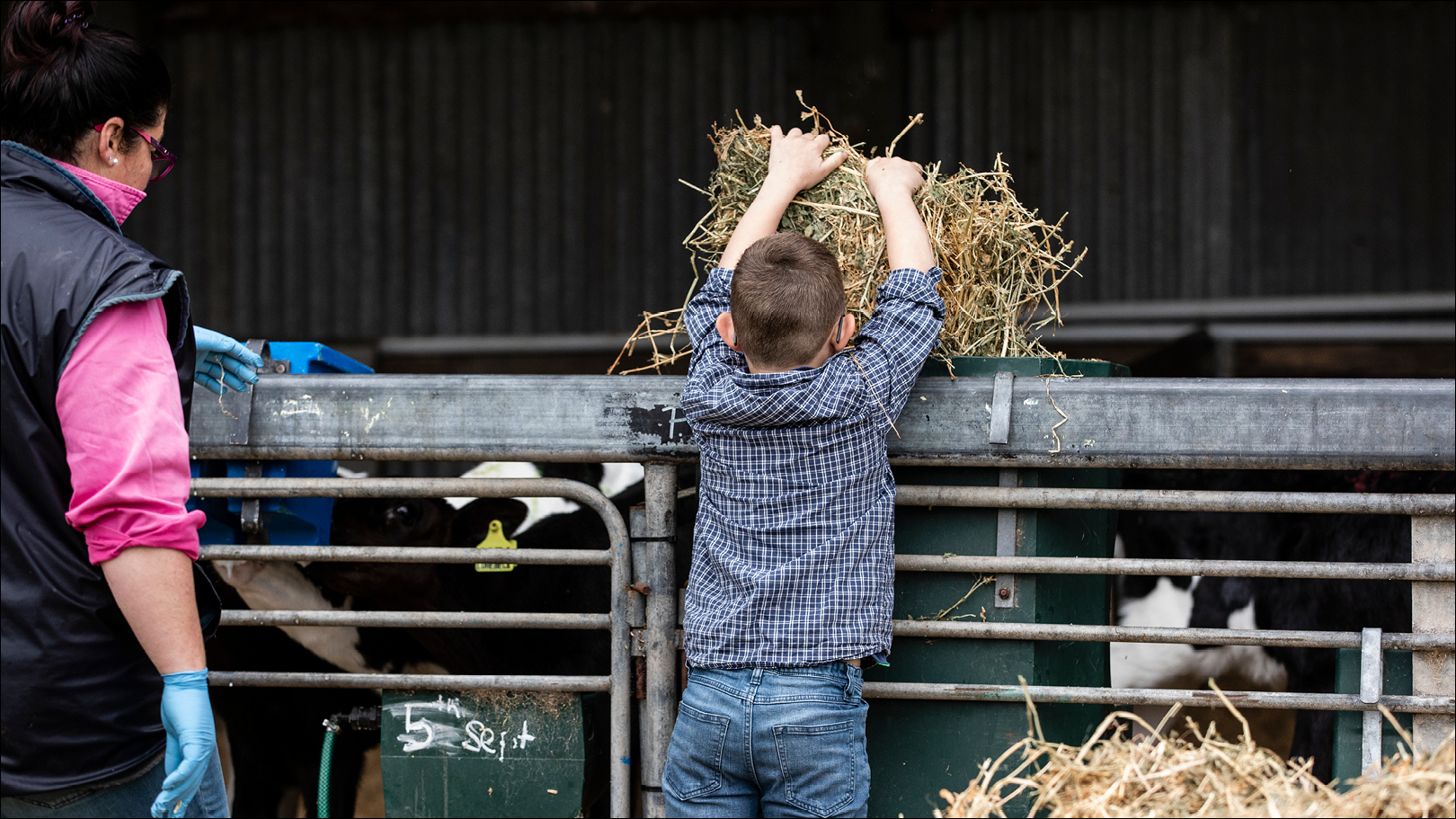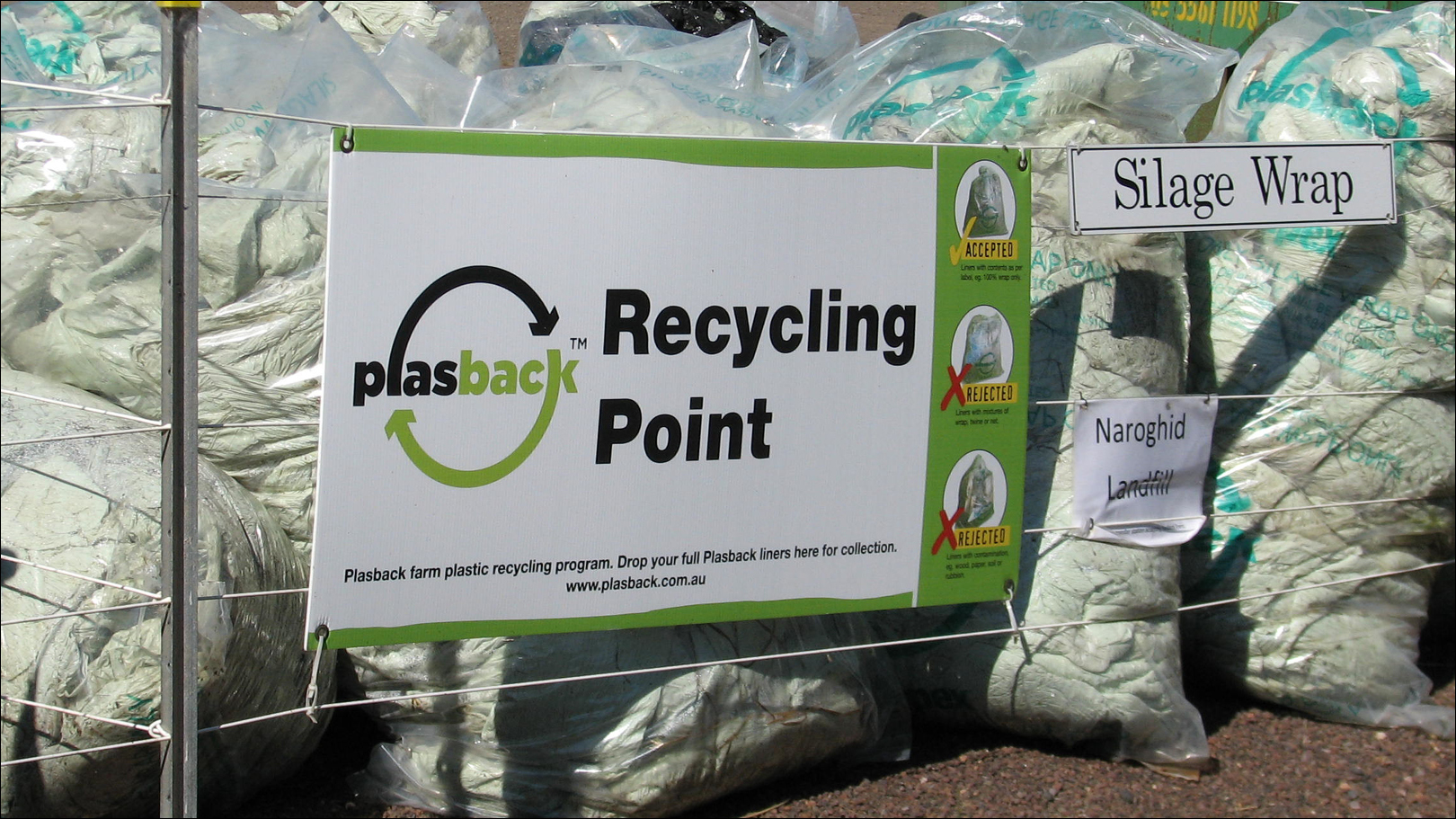Feedback
Would you like to comment on our 2030 targets?
The Australian Dairy Industry Sustainability Framework allows us to publicly report progress against Our Dairy Promise – to provide nutritious food for a healthier world. This promise is underpinned by four Sustainability Commitments and 11 goals.
Our 2030 goals align with the United Nations Sustainable Development Goals – also set for achievement by 2030 – in recognition of dairy’s role in the global effort to address the world’s sustainability issues. These UN SDGs are the global blueprint to achieve a better and more sustainable future for all.
This year, we are reporting against our 2030 goals and targets for the first time. In some areas, we are yet to finalise the target metrics and/or baseline metrics. These will be developed during 2020.
Review our progress against our new 2030 targets in the 2019 progress snapshot.
The new goals and targets for 2030 confirm our ambition to continue to make changes for the better.

Creating a vibrant industry that rewards dairy workers and families, their related communities, business and investors.

Our 2030 goals and targets for this commitment are:
Review our progress for enhancing economic viability and livelihoods against 2020 targets.

Providing nutritious, safe, quality dairy food.

Our 2030 goals and targets for this commitment are:
Review our progress for improving the wellbeing of people against 2020 targets.

Striving for health, welfare and best care for all our animals throughout their lives.

Our 2030 goals and targets for this commitment are:
Review our progress for providing best care for all our animals against 2020 targets.

Meeting the challenge of climate change and providing good stewardship of our natural resources.

Our 2030 goals and targets for this commitment are:
Review our progress for reducing environmental impact against 2020 targets.
Would you like to comment on our 2030 targets?